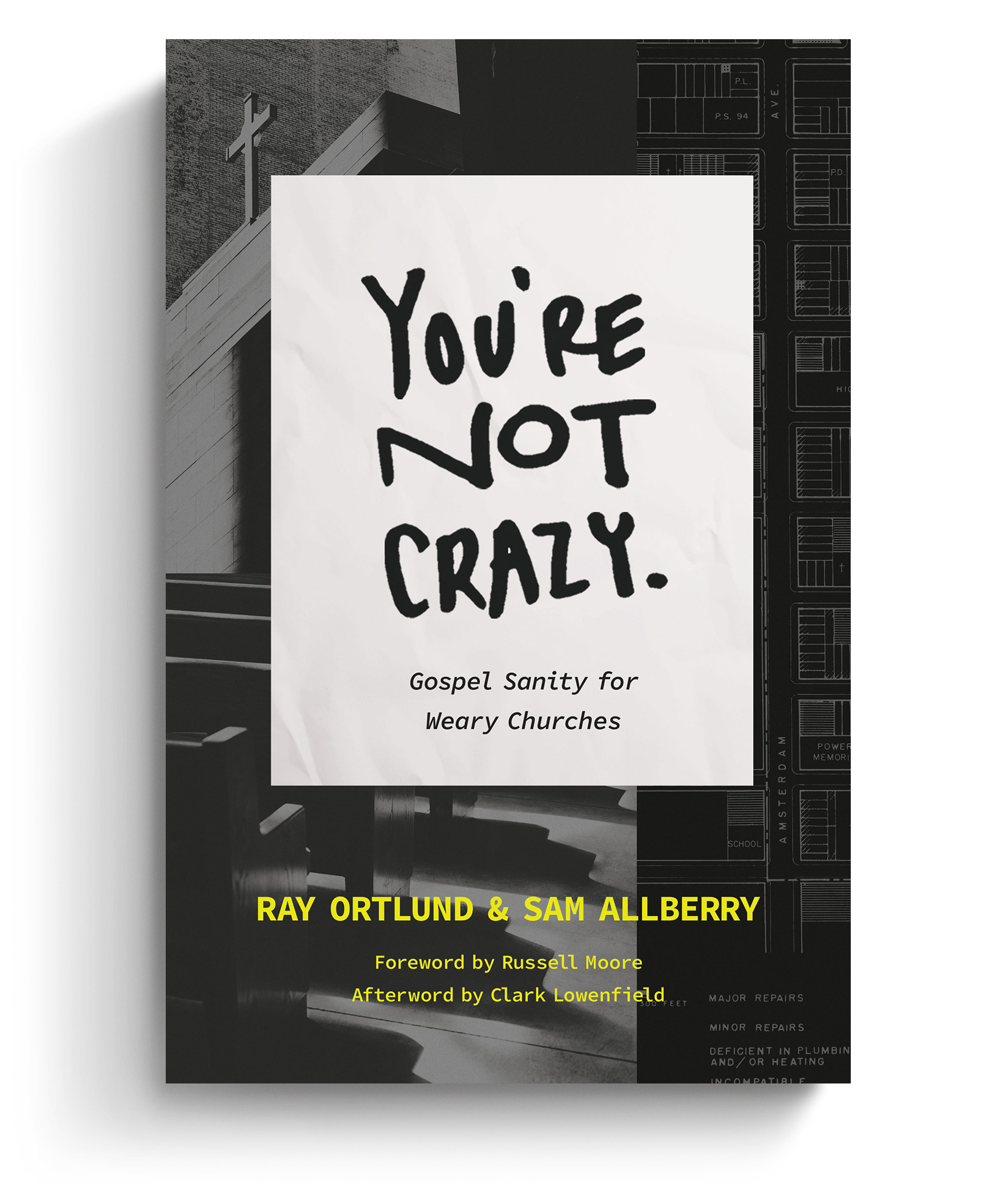Do we really need more churches in rural America? When I first moved to the States from the UK, I remember being struck by the number of church buildings scattered across rural highways. The saying “church on every street corner” is not far from the truth in some towns.
Few people question the legitimacy of church planting in major cities. Yet more than 62 million people live in rural America. Pockets of the unchurched and de-churched are scattered throughout rural communities and small towns. And the most effective means of reaching them is church planting. We must plant churches, then, both in metropolitan America and in small-town America.
Small-town churches need a vision for planting churches. Let me share two different examples of small-town church planting that I’ve experienced.
1. An Unengaged Community
New Hope is a small community in the heart of Kentucky. It is the home of the Abbey of Gethsemane, an active monastic community. New Hope celebrates its rich Catholic heritage and natural beauty, but it is also blighted by rural poverty, drug use, and alcoholism. It has been a community without gospel witness.
Rolling Fork Baptist Church is a healthy and growing church of around 100 that gathers just 12 miles down the road in Boston, Kentucky. It is one of the oldest Baptist churches in the United States, dating back to the 1780s. A rural congregation of 100 worshipers with more than 200 years of history isn’t typically the kind of church about whose church planting efforts we hear. Rolling Fork had a vision and a heart for reaching out to New Hope. So, in partnership with other neighboring churches, Rolling Fork concluded that the most effective means of reaching New Hope would be through starting a church.
Collaborating with other Baptist churches in the county, Rolling Fork began evangelistic work in the community and, in January 2012, launched New Hope Baptist Mission. An average of 30 people now regularly attend the Sunday night worship gatherings in a place where they previously did not hear the gospel. The people of Rolling Fork have been re-energized through this faithfulness to watch the gospel advance into a dark corner of Kentucky.
2. Two Churches in One Location
The early years of Bardstown Christian Fellowship, a new church south of Louisville, were difficult. Evangelism proved an uphill struggle in an area where only one in ten people are active in church, and half are Roman Catholic. But with a persistent commitment to expositional preaching, radical ministry to one another, and bold outreach through missional community groups, the church began to gain momentum. In 2011 we grew from a small core to close to 130 in worship. As elders, we saw we’d soon outgrow our meeting space. There was no enthusiasm about pouring more money into facilities. Neither did we desire a second service. So, committed to reaching the lost through church planting, the elders were led to start a second church. What we did next is unusual. We planted a second church in the same building!
We launched Grace Fellowship Church in August of this year. We commissioned three of our elders and a number of families to start this new work on Sunday nights. Two churches, one location. We co-own the property and everything in it. This is our long-term strategy, to make the facility available as a public space in which churches can gather for worship. In God’s kindness, Grace Fellowship has already celebrated its first baptism and is connecting with people we did not reach. We’re convinced that we don’t need more church buildings, just more healthy churches. Churches in small-town America already own enough properties; we just need to be more strategic in how we’re using them.
As long as there are people in rural communities not being reached by the gospel, we need to revitalize and plant healthy gospel-centered churches there. It takes gospel partnerships and some bold new thinking to do it well.
Are You a Frustrated, Weary Pastor?
 Being a pastor is hard. Whether it’s relational difficulties in the congregation, growing opposition toward the church as an institution, or just the struggle to continue in ministry with joy and faithfulness, the pressure on leaders can be truly overwhelming. It’s no surprise pastors are burned out, tempted to give up, or thinking they’re going crazy.
Being a pastor is hard. Whether it’s relational difficulties in the congregation, growing opposition toward the church as an institution, or just the struggle to continue in ministry with joy and faithfulness, the pressure on leaders can be truly overwhelming. It’s no surprise pastors are burned out, tempted to give up, or thinking they’re going crazy.
In ‘You’re Not Crazy: Gospel Sanity for Weary Churches,’ seasoned pastors Ray Ortlund and Sam Allberry help weary leaders renew their love for ministry by equipping them to build a gospel-centered culture into every aspect of their churches.
We’re delighted to offer this ebook to you for FREE today. Click on this link to get instant access to a resource that will help you cultivate a healthier gospel culture in your church and in yourself.
































